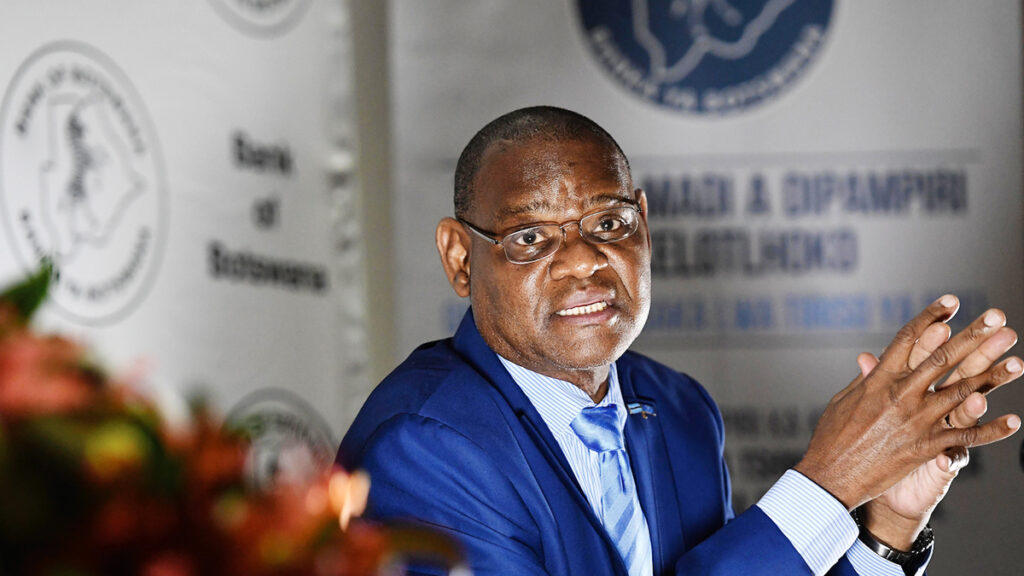VAT hike -major contributor to business pressures
Covid-19 restrictions obstruct growth
Lack of raw materials affect manufacturing
BAKANG TIRO
editors@thepatriot.co.bw
The central bank of Botswana (BOB)’s latest quarterly Business Expectations Survey (BES) for June 2021 shows that local firms expect cost pressures to continue rising in third quarter of 2021.
The quarterly Business Expectations Survey (BES) says that the cost pressures surge is mainly attributable to the expected increases in all input costs, due to the second round effects of the upward adjustment in Value Added Tax (VAT) and fuel levy as well rise in electricity tariffs in April 2021.
“Firms’ expectations about domestic inflation rose in 2021 but remained within the Bank’s inflation objective range of 3-6 percent. The Firms’ inflation expectations for both 2021 and 2022 averaged 5 percent, suggesting that inflation expectations are well anchored within the Bank’s objective range,” said the bank of Botswana in the business expectations survey report.
The Covid-19 pandemic restrictions continue to be perceived to be major challenge to doing business. “In general, firms, predominantly in the Trade, Hotels, Restaurants, Transport and Communications sectors, highlighted COVID-19 restrictions as the greatest challenge to their business operations in the second quarter of 2021. The weak international demand was the second most commonly cited impediment to doing business, especially by firms in the Mining and Quarrying and Trade, Hotels, Restaurants, Transport and Communications sectors,” said BoB painting a bleak future.
In addition, BoB survey noted that the subdued international demand could be partly attributed to the resurgence of new infections across the globe which perpetuates curtailment of international travel.
“Furthermore, shortage of raw materials was also considered a challenge to doing business, especially by firms in the manufacturing sector. Lastly, unavailability of skilled labour was also considered a challenge to doing business in Botswana, particularly by firms in the construction and mining sectors, reflecting reported difficulties experienced in recruiting foreign skilled labour,” underlined central bank.
On the other hand, water and electricity supply, favourable political climate and government spending were viewed as supportive factors to doing business in Botswana during the second quarter of 2021.
BoB also said Firms expect borrowing costs to increase in the domestic and South African markets in the year to June 2022 while decreasing in the foreign markets other than South Africa (elsewhere).
“Regarding borrowing volumes, firms expect an increase in credit across all markets in the twelve-month period to June 2022, consistent with the expected improvements in business conditions and the reduction in lending rates in foreign markets other than South Africa (Chart 4). The expected increase in borrowing from the domestic and South African markets in spite of the expected rise in borrowing costs, could show relative easier access to domestic and South African credit,” said BoB.
Regarding the lending rates, the survey has shown that both domestic and domestic and export market-oriented firms perceived the overall access to credit to be tight in the year to June 2022.
In general, all firms irrespective of the target market, prefer to borrow domestically but, some export market-oriented firms prefer to borrow more from foreign markets (elsewhere) other than South Africa.
Approximately 52 percent of the surveyed firms stated that their decision on the source market for their funding was informed by accessibility, while 24 percent cited availability of required loan products.
Meanwhile, 21 percent of the firms indicated that their decisions about credit acquisition were influenced by affordability of suitable credit facilities, while only 3 percent indicated that their decision was informed by a combination of factors (e.g., accessibility and availability; accessibility and affordability or affordability and availability),” said BoB on expected lending rates, volume of borrowing.
